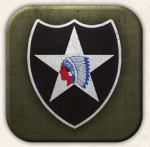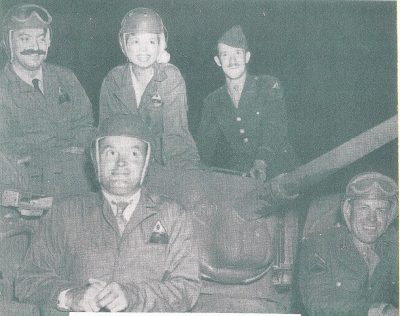Battle Weary – US Rifles in Bulge American
By Tom Burgess
 The new Bulge American Book gives us a new take on US Rifles in Version 4 Flames of War. This new list represent the forces that had been heavily engaged in combat throughout much of 1944. These units had been relocated to the “quiet” Ardennes area for a chance to rest and recuperate. They had no idea that they were about to be at the front facing off against Hitler’s last major offensive to try to turn back the tide in the west.
The new Bulge American Book gives us a new take on US Rifles in Version 4 Flames of War. This new list represent the forces that had been heavily engaged in combat throughout much of 1944. These units had been relocated to the “quiet” Ardennes area for a chance to rest and recuperate. They had no idea that they were about to be at the front facing off against Hitler’s last major offensive to try to turn back the tide in the west.
Expecting easy duty, but ending up in the most intense sector, combined with the higher HQ confusion about what was going on, negatively affected these troops’ enthusiasm for the renewed battle against the German divisions. Thus the 2nd, 4th, and 28th Divisions have been offered in Bulge American as examples of “Battle Weary” units.

 By Tom Gall
By Tom Gall